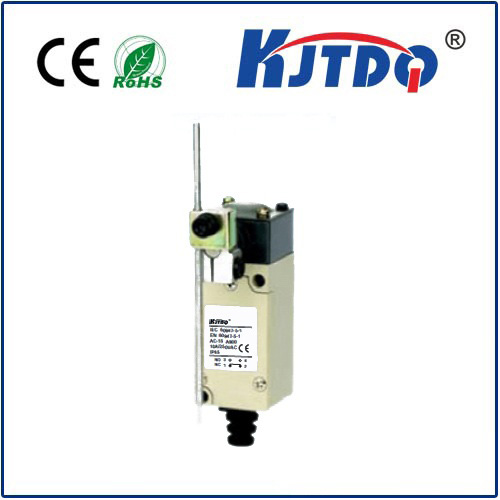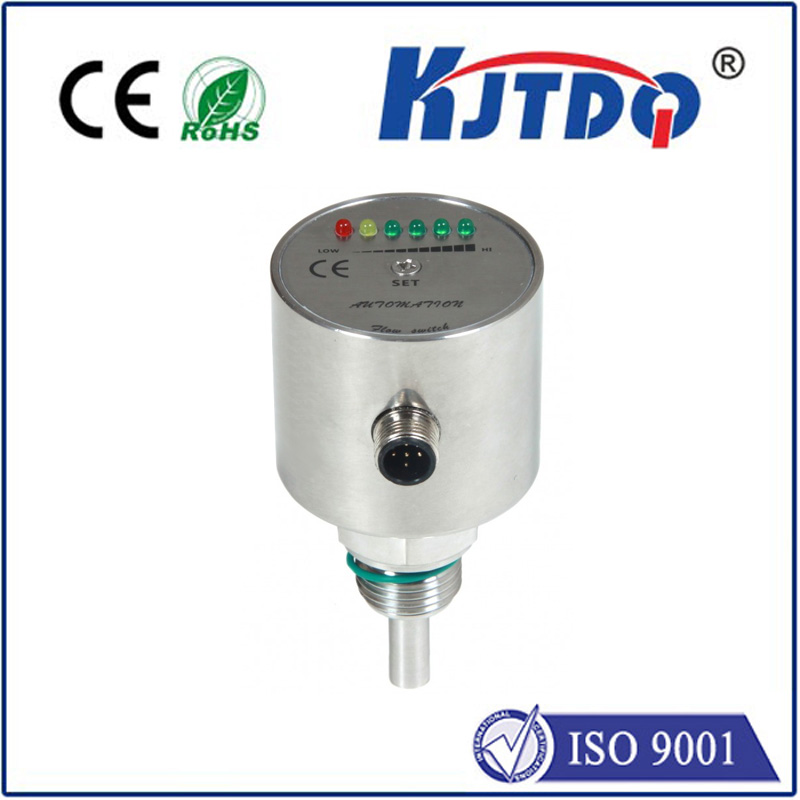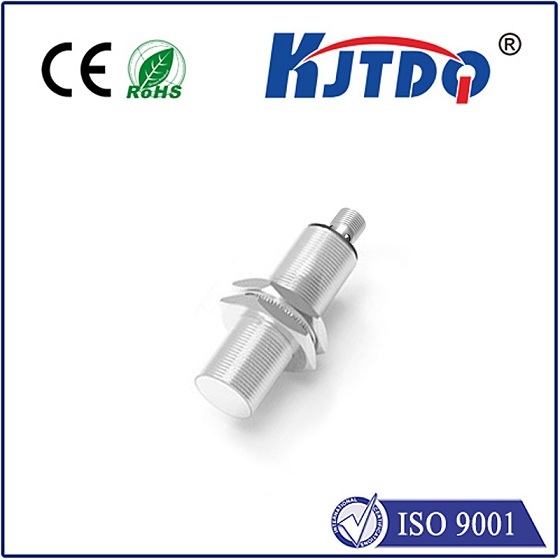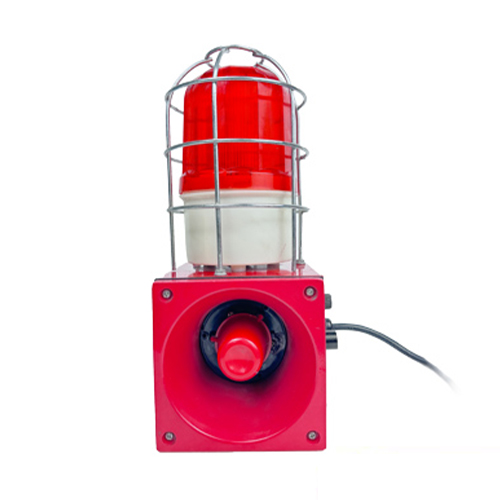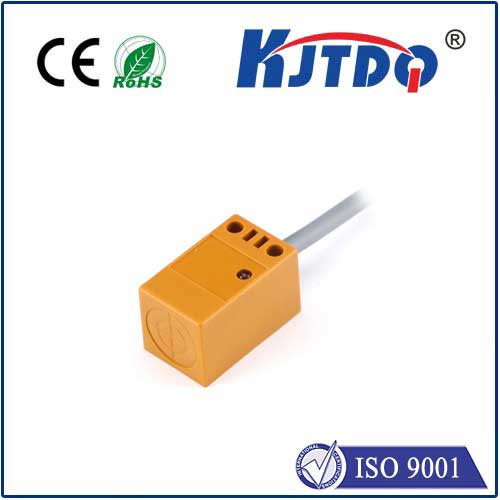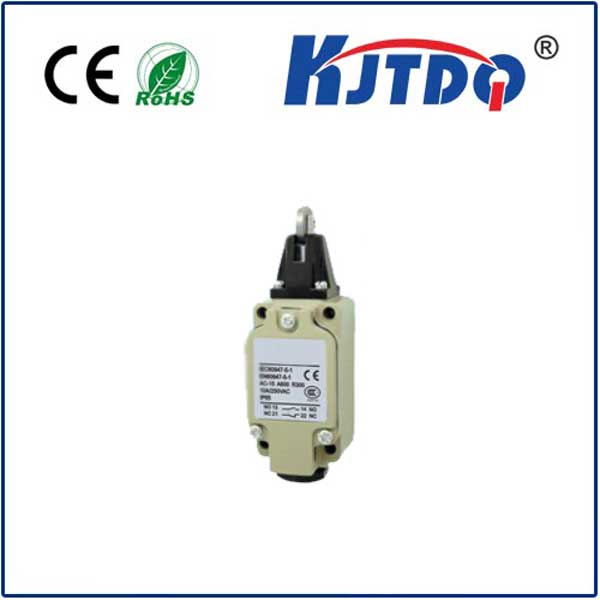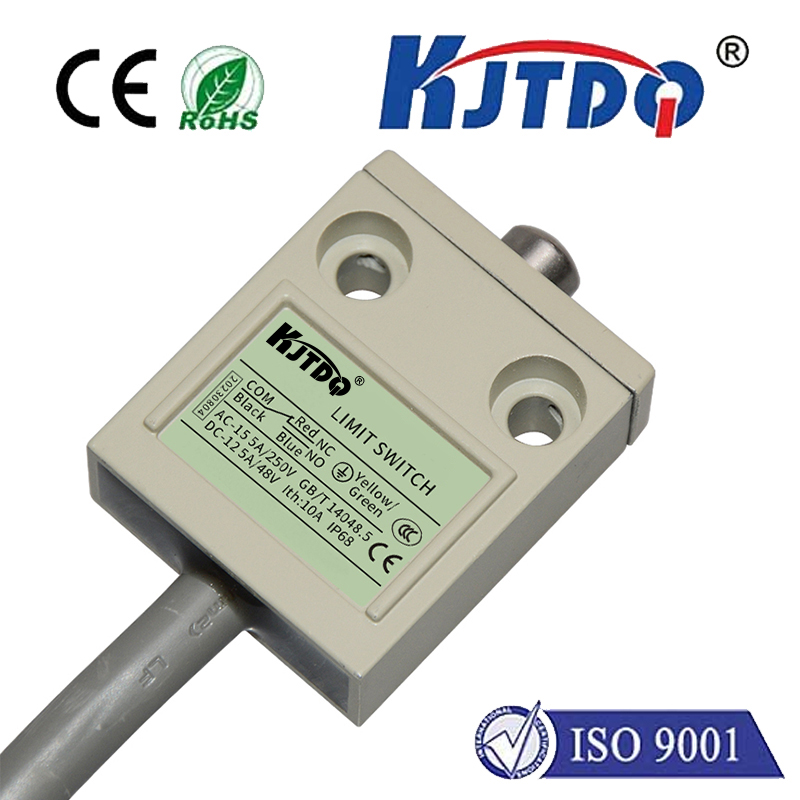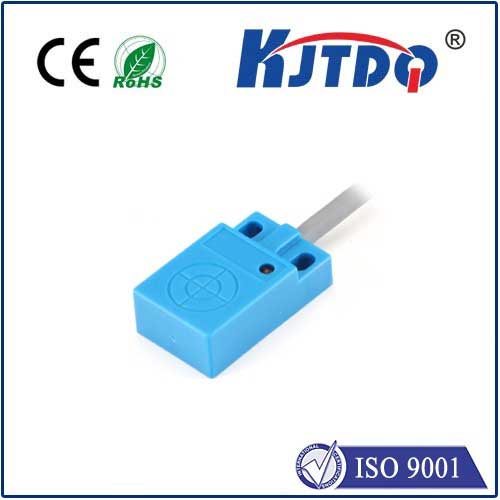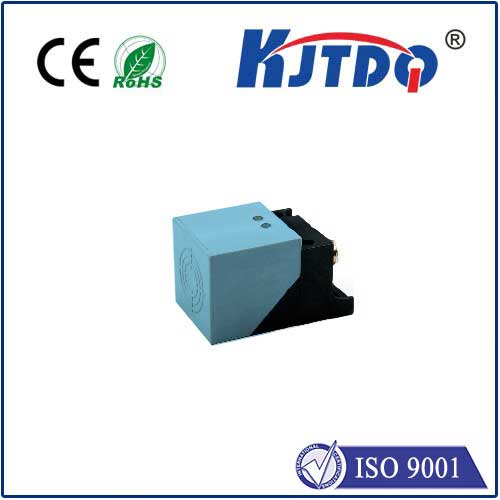

check

check

check

check
Title: Multiple Limit Switches: A Revolutionary Control Technique
Introduction:
Control systems are essential in various industries, from industrial automation and robotics to aerospace and automotive. One of the most critical components of these control systems is the limit switch, which helps ensure safety and efficiency by detecting when a machine or system has reached its limits. In recent years, multiple limit switches have emerged as a revolutionary control technique that offers numerous advantages over traditional limit switches. This article will discuss the concept of multiple limit switches, their advantages, and how they are being used in various industries.
Section 1: The Concept of Multiple Limit Switches
A limit switch is a mechanical or electronic device that is used to detect when a machine or system has reached its limits. When a limit switch is activated, it sends a signal to an control system, which can then take appropriate action to stop the machine or system. Traditional limit switches typically use a single switch to detect a single limit, such as a mechanical switch that senses the end of a conveyor belt or an electronic switch that detects the end of a motor shaft.
Multiple limit switches, on the other hand, use multiple switches to detect different limits simultaneously. For example, in a robotic arm with multiple joints, each joint may have its own limit switch to detect when it has reached its limit. This allows the robot to be more precise and efficient in its movements.
Section 2: Advantages of Multiple Limit Switches
There are several advantages to using multiple limit switches in control systems. First, multiple limit switches can provide more accurate detection of limits than traditional limit switches. By detecting multiple limits simultaneously, multiple limit switches can reduce the likelihood of false positives and false negatives, improving the overall reliability of the control system.
Second, multiple limit switches can improve the flexibility of control systems. With traditional limit switches, if one limit is detected as being exceeded, the control system may not be able to compensate for this without making significant changes to the hardware or software. With multiple limit switches, however, the control system can adjust its behavior based on which limits have been triggered, allowing for more dynamic and adaptable control.
Third, multiple limit switches can increase the safety of control systems by providing more comprehensive protection against errors and accidents. For example, in a factory production line with multiple machines running simultaneously, each machine could have its own multiple limit switches to detect when it has reached its limits or experienced a malfunction. This would allow for quicker response times and more effective emergency procedures.
Section 3: Applications of Multiple Limit Switches
Multiple limit switches are being used in various industries to improve safety, efficiency, and flexibility in their control systems. Some examples include:
1. Industrial Automation: Multiple limit switches are commonly used in industrial automation systems for tasks such as material handling, loading/unloading, and assembly lines. These systems rely on precise control to ensure quality and productivity, and multiple limit switches help ensure that machines operate within safe parameters.
2. Robotics: As mentioned earlier, multiple limitswitches are crucial for robotics applications where precise movement and adaptation are important. Robots with multiple limit switches can navigate complex environments more effectively and respond quickly to changing conditions.
3. Aerospace: Aerospace vehicles require high levels of precision and stability to perform their mission effectively. Multiple limit switches are used in aerospace applications such as aircraft navigation and landing systems to ensure that the vehicle remains within safe parameters during flight.
4. Automotive Industry: The automotive industry also relies heavily on control systems to ensure safety and efficiency during manufacturing processes. Multiple limit switches are used in automotive applications such as tire pressure monitoring systems, engine management systems, and transmission control systems to monitor and protect against errors and accidents.
Conclusion:
Multiple limit switches have emerged as a revolutionary control technique in various industries due to their ability to provide more accurate detection of limits, improve flexibility, and enhance safety. From industrial automation to aerospace and automotive industries, multiple limit switches are being used to improve performance and ensure optimal results. As control systems continue to evolve, it is likely that multiple limit switches will play an increasingly important role in shaping the future of these industries.
